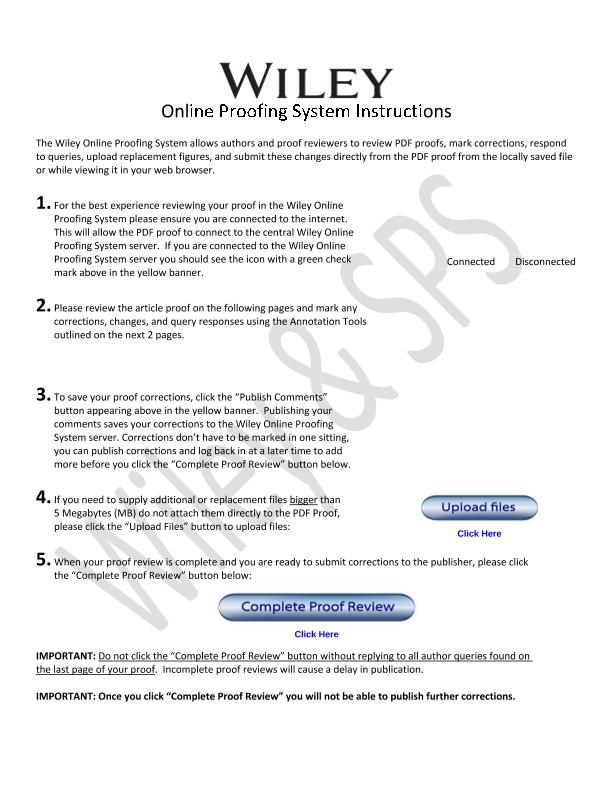Artículo
Beyond neutral and forbidden links: morphological matches and the assembly of mutualistic hawkmoth-plant networks
Sazatornil, Federico David ; More, Marcela
; More, Marcela ; Benitez-Vieyra, Santiago Miguel
; Benitez-Vieyra, Santiago Miguel ; Cocucci, Andrea Aristides
; Cocucci, Andrea Aristides ; Kitching, Ian; Schlumpberger, Boris O.; Oliveira, Paulo E.; Sazima, Marlies; Amorim, Felipe
; Kitching, Ian; Schlumpberger, Boris O.; Oliveira, Paulo E.; Sazima, Marlies; Amorim, Felipe
 ; More, Marcela
; More, Marcela ; Benitez-Vieyra, Santiago Miguel
; Benitez-Vieyra, Santiago Miguel ; Cocucci, Andrea Aristides
; Cocucci, Andrea Aristides ; Kitching, Ian; Schlumpberger, Boris O.; Oliveira, Paulo E.; Sazima, Marlies; Amorim, Felipe
; Kitching, Ian; Schlumpberger, Boris O.; Oliveira, Paulo E.; Sazima, Marlies; Amorim, Felipe
Fecha de publicación:
02/2016
Editorial:
Wiley Blackwell Publishing, Inc
Revista:
Journal Of Animal Ecology
ISSN:
0021-8790
e-ISSN:
1365-2656
Idioma:
Inglés
Tipo de recurso:
Artículo publicado
Clasificación temática:
Resumen
1. A major challenge in evolutionary ecology is to understand how co-evolutionary processes shape patterns of interactions between species at community level. Pollination of flowers with long corolla tubes by long-tongued hawkmoths has been invoked as a showcase model of co-evolution. Recently, optimal foraging models have predicted that there might be a closeassociation between mouthparts? length and the corolla depth of the visited flowers, thus favouring trait convergence and specialization at community level.2. Here, we assessed whether hawkmoths more frequently pollinate plants with floral tube lengths similar to their proboscis lengths (morphological match hypothesis) against abundance-based processes (neutral hypothesis) and ecological trait mismatches constraints (forbidden links hypothesis), in structuring hawkmoth?plant mutualistic networks from five communities in four biogeographical regions of South America.3. We found convergence in morphological traits across the five communities and that the distribution of morphological differences between hawkmoths and plants is consistent with expectations under the morphological match hypothesis in three of the five communities. In the two remaining communities, which are ecotones between two distinct biogeographical areas, interactions are better predicted by the neutral hypothesis.4. Our findings are consistent with the idea that diffuse co-evolution drives the evolution of extremely long proboscises and flower tubes, and highlight the importance of morphological traits, beyond the forbidden links hypothesis, in structuring interactions between mutualistic partners, revealing that the role of niche-based processes can be much more complex than previously known.
Archivos asociados
Licencia
Identificadores
Colecciones
Articulos(IMBIV)
Articulos de INST.MULTIDISCIPL.DE BIOLOGIA VEGETAL (P)
Articulos de INST.MULTIDISCIPL.DE BIOLOGIA VEGETAL (P)
Citación
Sazatornil, Federico David; More, Marcela; Benitez-Vieyra, Santiago Miguel; Cocucci, Andrea Aristides; Kitching, Ian; et al.; Beyond neutral and forbidden links: morphological matches and the assembly of mutualistic hawkmoth-plant networks; Wiley Blackwell Publishing, Inc; Journal Of Animal Ecology; 85; 6; 2-2016; 1365-2656
Compartir
Altmétricas



